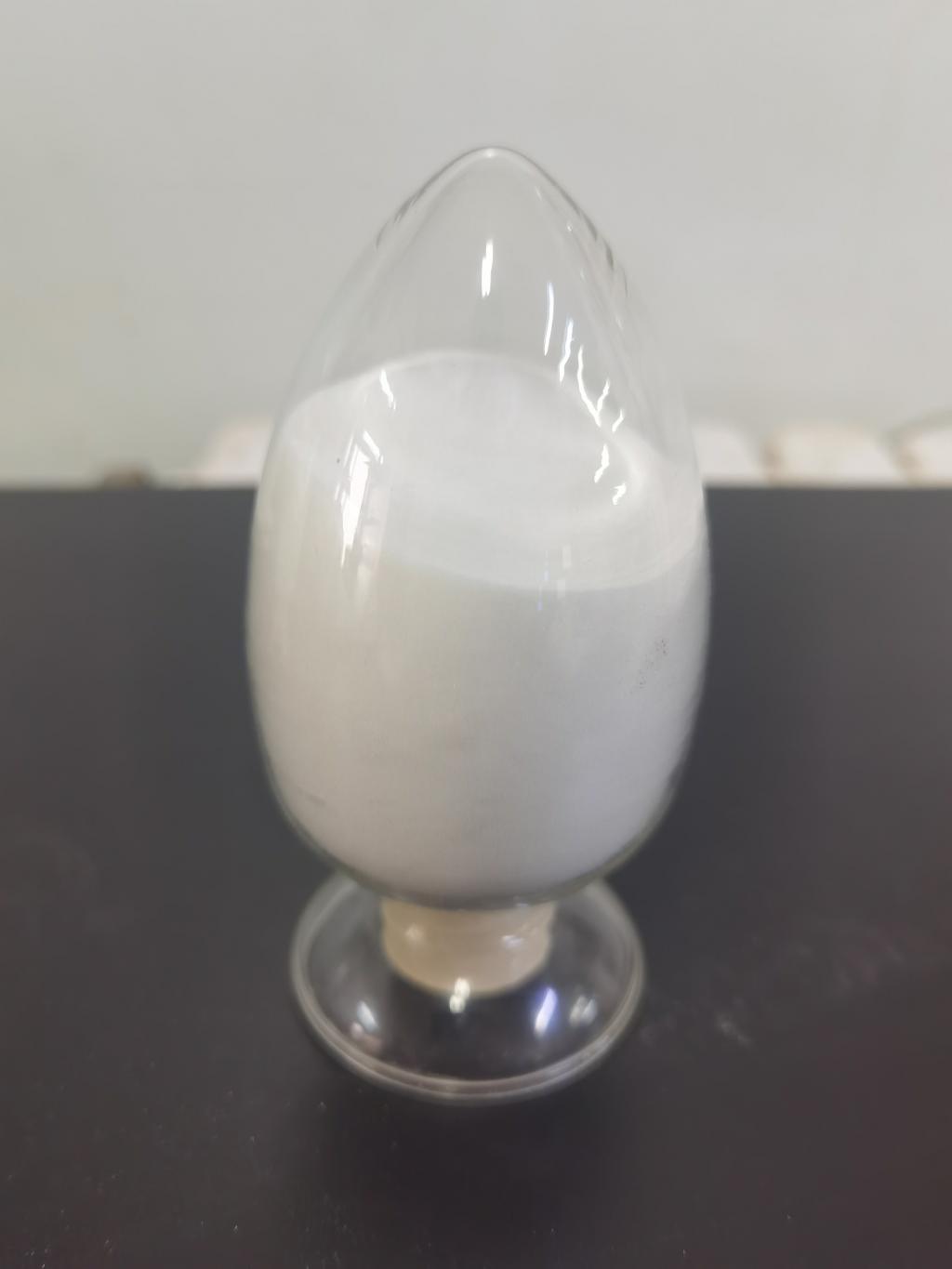Tel:+8618231198596

News
 CONTACT
CONTACT
 CONTACT
CONTACT
- Linkman:Linda Yao
- Tel: +8618231198596
- Email:linda.yao@dcpharma.cn
- Linkman:CHARLES.WANG
- Department:Overseas
- Tel: 0086 0311-85537378 0086 0311-85539701
News
The influence of ε-Polylysine hydrochloride on the flavor profile of meat alternatives.
TIME:2024-09-19
Understanding ε-Polylysine Hydrochloride
ε-Polylysine hydrochloride is a naturally occurring polypeptide with antimicrobial properties, often used as a preservative in food products to prevent spoilage and extend shelf life. Derived from the fermentation of certain bacteria, ε-PL is recognized for its broad-spectrum activity against a variety of pathogens. Its natural origin and safety profile have made it an attractive option for use in food preservation, including within the rapidly expanding market of meat alternatives.
Flavor Considerations in Meat Alternatives
The success of meat alternatives largely depends on their ability to replicate the sensory experiences associated with meat, including texture, appearance, and, importantly, flavor. Manufacturers of these products strive to create a satisfying umami-rich profile that mimics the savory taste of meat. Any additive or preservative used must not only ensure the product's safety but also maintain or enhance its sensory appeal.
Potential Impact of ε-Polylysine Hydrochloride on Flavor
1. Chemical Interaction with Ingredients
One of the primary concerns with adding preservatives to food products is their potential to interact with other ingredients, possibly affecting the final flavor profile. ε-PL is a polypeptide, and its presence might interact with flavor compounds, proteins, or other additives in meat alternatives. Research is needed to understand these interactions and their effects on the overall taste and sensory experience.
2. Sensory Analysis
To assess the influence of ε-PL on the flavor of meat alternatives, sensory analysis can be employed. This involves evaluating the product through trained panels to detect any changes in taste, aftertaste, or mouthfeel that might be attributable to the presence of ε-PL. Such analyses can help determine optimal concentrations that preserve the product's safety without compromising its flavor.
3. Consumer Acceptability
Consumer acceptability is a critical factor in the success of any food product. Taste tests involving target consumers can provide insights into the acceptability of meat alternatives treated with ε-PL. If ε-PL imparts an undesirable taste or alters the sensory profile unfavorably, adjustments in its concentration or formulation may be necessary.
4. Flavor Masking or Enhancement
In some cases, ε-PL might actually enhance the flavor profile of meat alternatives. Its amino acid composition could interact positively with existing flavor enhancers, such as monosodium glutamate (MSG) or yeast extracts, to boost the umami flavor. Conversely, it might also mask off-flavors that could develop during storage, contributing to a more consistent and pleasant eating experience.
Research and Development
To fully understand the impact of ε-Polylysine hydrochloride on the flavor profile of meat alternatives, ongoing research and development are essential. Key areas of focus include:
Formulation Optimization: Determining the ideal concentrations of ε-PL that provide effective preservation while minimizing any adverse effects on flavor.
Interaction Studies: Investigating the biochemical interactions between ε-PL and other ingredients to predict and manage changes in flavor profile.
Consumer Testing: Conducting extensive taste tests with representative samples of the target market to gauge acceptability and gather feedback for iterative improvements.
Conclusion
The influence of ε-Polylysine hydrochloride on the flavor profile of meat alternatives is a multifaceted issue that requires careful consideration. While its antimicrobial properties make it a valuable preservative, its potential impact on taste must be thoroughly evaluated to ensure that it does not detract from the sensory experience of these products. Through rigorous research and development, it is possible to harness the benefits of ε-PL while maintaining or even enhancing the flavor profile of meat alternatives, contributing to the overall satisfaction and acceptance of these products by consumers.
- Tel:+8618231198596
- Whatsapp:18231198596
- Chat With Skype







